Understanding the Concept of Balanced Life Weight Loss:
A balanced life weight reduction is a whole method covering social well-being, emotional stability, mental clarity, and physical condition.

Unlike fad diets or intense exercise programs, this approach stresses the incorporation of good practices into daily life, therefore encouraging sustained and pleasurable weight loss.
Why Balance Matters in Weight Loss:
Balancing your diet and exercise schedule guarantees that your body receives the nutrients and physical activity it requires without overloading or starvation.
Emotional Health: Emotional balance helps prevent stress-eating and promotes a positive relationship with food.
A balanced life promotes mindfulness, which can help you make better decisions and lower anxiety.
Maintaining social contacts and taking part in community events will help and inspire you all through your weight reduction path.
Step 1: Setting Realistic Goals:
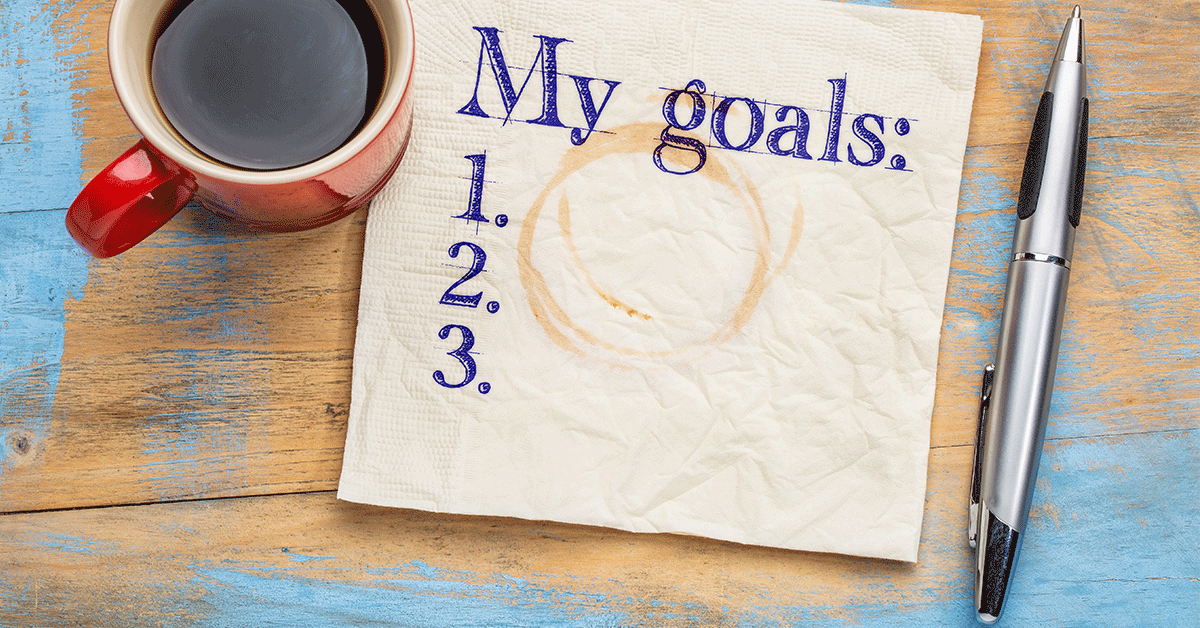
Balanced life weight reduction starts with reasonable and attainable goals. Unreasonable expectations could cause burnout, dissatisfaction, and finally failure.
SMART Goals:
Clearly state your exact goals for your path of weight loss.
Measurable: Track your progress with measurable indicators like body measurements or fitness levels.
Achievable: Ensure your goals are realistic given your lifestyle, resources, and commitments.
Relevant: Focus on goals that align with your overall life aspirations and values.
Time-bound: Plan how you will reach your objectives; keep in mind that steady, slow development is more ecologically friendly.
Step 2: Adopting a Balanced Diet:
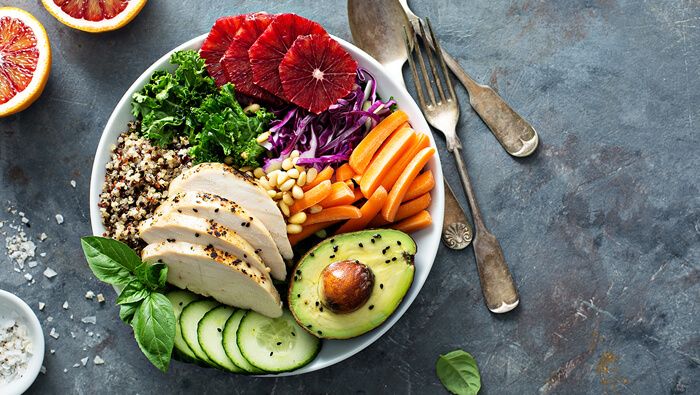
Reaching balanced life weight loss requires a balanced diet. Pay more attention to include a range of nutrients in your regular meals than to adhering to rigorous regimens.
Components of a Balanced Diet:
Rich in vitamins, minerals, and fibre, fruits and vegetables ought to be rather important in your diet.
Whole Grains: Choose brown rice, quinoa, and whole-wheat bread, which help digestion and offer steady energy.
Lean Proteins: To develop and heal tissues, including chicken, fish, tofu, and legumes. .
Healthy Fats: Emphasise avocados, nuts, seeds, and olive oil rather than avoiding fats all around.
Hydration: To keep hydrated, promote metabolism, and reduce unneeded snacking, sip lots of water all day.
Mindful Eating:
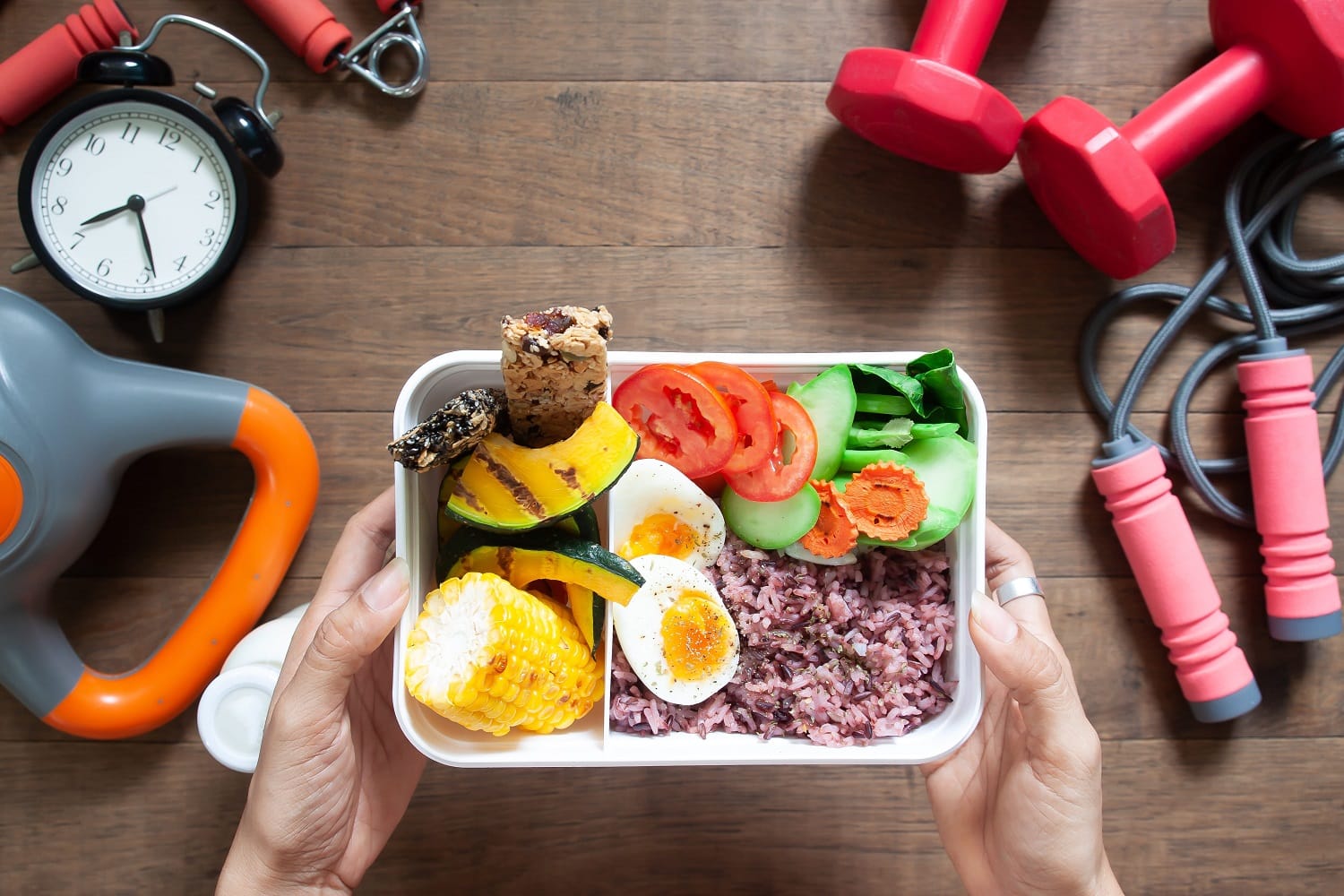
A balanced diet depends critically on conscious eating. You may stop overindulging and have a better connection with food by noticing your hunger signals and enjoying every mouthful.
Eat slowly and spend time appreciating your food free from any interruptions. This helps your body to know when it is full, so preventing overindulgence.
Listen to Your Body:

Eat when you’re hungry, and stop when you’re satisfied—not stuffed.
Steer clear of emotional eating by identifying emotional triggers that lead to bad eating patterns and by substituting meditation or exercise as coping mechanisms.
Step 3: Incorporating Regular Exercise:

A balanced life weight loss depends much on physical activity. Apart from helping to burn calories, regular exercise enhances general health, raises mood, and generates more energy.
Types of Exercise for Balanced Weight Loss:

Activities include walking, jogging, cycling, and swimming raise your heart rate, so burning calories and enhancing cardiovascular condition.
Weightlifting, resistance bands, or bodyweight workouts can build muscle, therefore enhancing metabolism and encouraging fat reduction.
Exercises for flexibility and balance help yoga and Pilates practitioners improve posture, increase their range of motion, and lower their risk of injury.
Incorporating workouts that replicate daily motions, such squats or lunges, can help ease daily tasks and increase enjoyment of them.
Finding a Routine That Works for You:
Select workouts you enjoy and can realistically fit into your daily routine to keep consistency.
Start Small: Begin with manageable workouts and gradually increase intensity and duration.
Mix It Up: Prevent boredom by varying your exercise routine with different activities.
Stay Consistent: Aim for at least 150 minutes of moderate-intensity exercise per week, as recommended by health experts.
Step 4: Prioritizing Mental and Emotional Health:

Balanced life weight reduction is highly influenced by mental and emotional wellbeing. Your efforts may be undermined by stress, anxiety, and negative self-talk; so, it is crucial to deal with these elements.
Managing Stress:
Through higher cortisol levels and stress-eating behaviour, chronic stress can cause weight rise. Maintaining a balanced way of living depends on stress management.
By means of mindfulness meditation, you may keep present, lower anxiety, and make more informed decisions about your health.
Simple breathing exercises can help you to relax and increase your focus and attention.
Emotional control, energy, and general well-being all depend on quality sleep. Try for seven to nine hours of nightly sleep.
Positive Self-Talk:
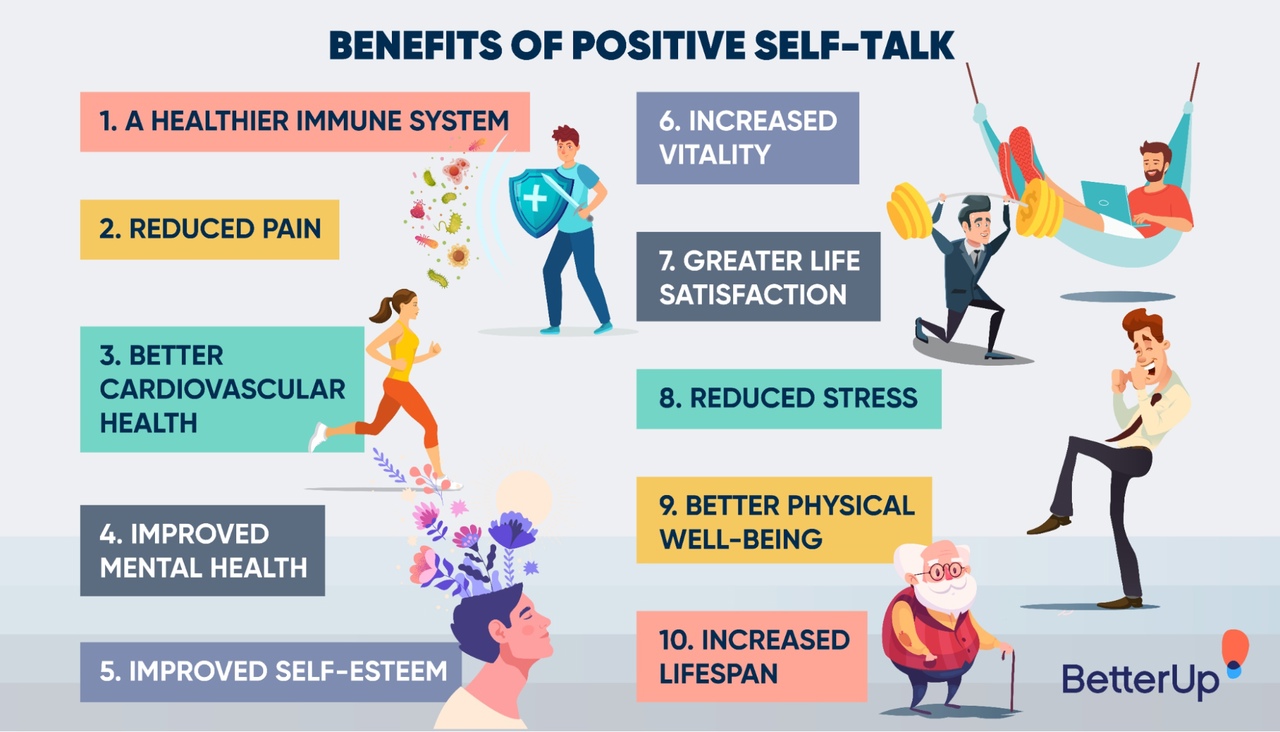
The way you speak to yourself can greatly impact your weight loss journey.
Positive affirmations help you to increase your confidence and support your will to reach your objectives.
Steer clear of negative comparisons by concentrating on your own development instead of sizing yourself against others.
Each person’s path is different.
To keep inspired, acknowledge and appreciate your successes—no matter how little.
The fifth step is creating a support system.
A robust support network can help one reach balanced life weight loss in all possible ways. Get around people who inspire and drive you.
Friends and Family:

Share your objectives with those close enough to provide responsibility and encouragement.
Expert advice catered to your needs could come from working with a therapist, personal trainer, or nutritionist.
Join weight loss groups or online forums where you may discuss triumphs, problems, and experiences.
Accountability Partners:
By means of mutual support and inspiration, an accountability partner helps you to stay on course.
Workout buddies help you to stay motivated and make working out fun.
See someone who can keep you responsible to your goals on a regular basis.
The sixth step is accepting a balanced lifestyle.
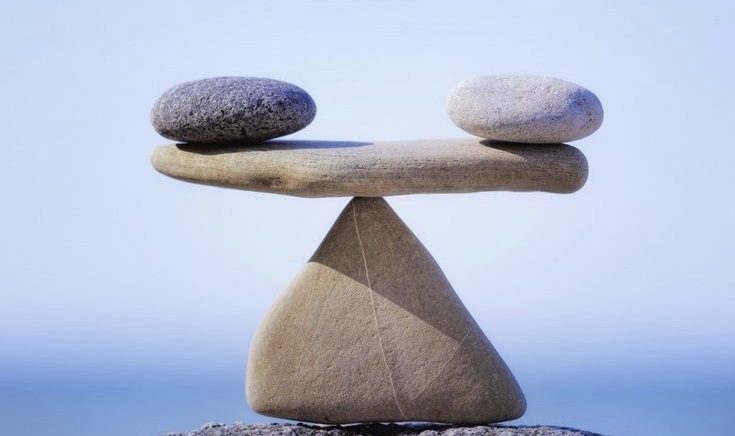
Reaching a target weight is only one aspect of achieving balanced life weight loss; another is adopting a lifestyle that supports general health and happiness.
Including Balance into Daily Life:
Meal planning, consistent exercise, and stress management are just a few of the healthy behaviours you may include into your everyday schedule.
Make sure your personal and professional life complement one another so you may schedule time for leisure and self-care.
Mindful Living: From food and exercise to relationships and self-care, practise mindfulness in every sphere of life.
Keeping Up Your Advancement:
Once you have reached your weight loss targets, concentrate on keeping your balanced lifestyle to stop weight increase.
Track your weight, diet, exercise schedule to identify any possible problems early on.
Let your program be flexible so you may enjoy life free from guilt. Success over long terms depends on balance.
Continual Learning: Stay informed about health and wellness trends, and be open to adjusting your approach as needed.
Conclusion:
About more than just reducing weight, balanced living weight reduction is about developing a sustained, healthy lifestyle that nourishes your body, mind, and spirit. Long-term success can be attained by establishing reasonable goals, following a balanced diet, including frequent exercise, giving mental and emotional health first priority, forming a support system, and embracing a healthy way of life. Recall that a good life is based on balance; hence, by emphasising this whole approach, you can experience long-lasting well-being and satisfaction.
FAQs
1. What is balanced life weight loss?
Balanced life weight loss is a holistic approach to weight loss that integrates physical health, emotional well-being, mental clarity, and social support. It emphasizes sustainable habits and a healthy lifestyle rather than quick fixes.
2. How can I set realistic weight loss goals?
Set SMART goals: Specific, Measurable, Achievable, Relevant, and Time-bound. Focus on small, manageable changes that align with your lifestyle and values.
3. What foods should I include in a balanced diet?
A balanced diet should include a variety of fruits, vegetables, whole grains, lean proteins, healthy fats, and plenty of water. Mindful eating practices are also important.
4. How much exercise do I need for balanced life weight loss?
Aim for at least 150 minutes of moderate-intensity exercise per week, combining cardiovascular activities, strength training, and flexibility exercises.
5. How can I manage stress during my weight loss journey?
Make sure you get adequate sleep, use deep breathing exercises and mindfulness meditation. Furthermore beneficial are stress-reducing strategies and positive self-talk.
6. How do I maintain my weight loss after reaching my goal?
Keep up good habits; track your development and let your routine be flexible enough. Emphasise on keeping harmony in all spheres of your life.



